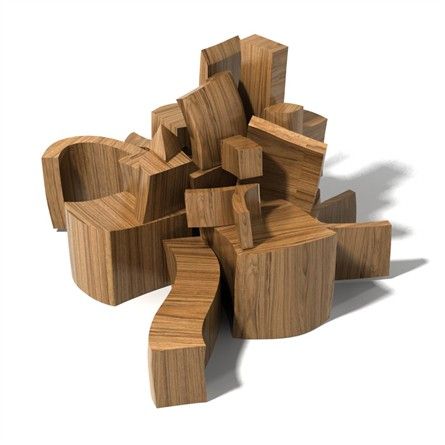Across a network, there is a possibility that two different blocks are added at the same time by different nodes, creating a fork in the chain. In this case, there is a ‘consensus rule’ that helps nodes figure out which is the block they should believe. In bitcoin, the rule is called the ‘longest chain rule’ – each node acknowledges the legitimacy of both contender blocks and the situation resolves when the next block is built on one of the contenders. The longer chain becomes part of the de-facto blockchain 
| author | shahzaintariq |
|---|---|
| permlink | what-about-conflicting-blocks |
| category | cryptocurrency |
| json_metadata | {"tags":["cryptocurrency","knowledge","bitcoin","vincentb","blockchain"],"image":["https://steemitimages.com/DQmYmWnw62tjh3FUjCmn6FkQhYG64JTooz9yZZTSjR1HzAE/37af4769f480e74d8c8d2297f9fa337b--toy-block-wooden-blocks.jpg"],"app":"steemit/0.1","format":"markdown"} |
| created | 2018-01-24 10:21:51 |
| last_update | 2018-01-24 10:21:51 |
| depth | 0 |
| children | 0 |
| last_payout | 2018-01-31 10:21:51 |
| cashout_time | 1969-12-31 23:59:59 |
| total_payout_value | 0.000 HBD |
| curator_payout_value | 0.000 HBD |
| pending_payout_value | 0.000 HBD |
| promoted | 0.000 HBD |
| body_length | 717 |
| author_reputation | 23,984,913,838 |
| root_title | "What about conflicting blocks?" |
| beneficiaries | [] |
| max_accepted_payout | 1,000,000.000 HBD |
| percent_hbd | 10,000 |
| post_id | 31,886,965 |
| net_rshares | 1,247,894,199 |
| author_curate_reward | "" |
| voter | weight | wgt% | rshares | pct | time |
|---|---|---|---|---|---|
| adam.dina | 0 | 439,862,440 | 100% | ||
| shahzaintariq | 0 | 205,848,419 | 100% | ||
| kamara | 0 | 602,183,340 | 100% |
 hiveblocks
hiveblocks